It is the time of year when the conditions change - adjusting water, light, and potentially switching a plant's scenery can help them have the best monsoon ever, just like you. Preparing your garden in advance for monsoon will not only protect your garden but will also allow it to flourish. Also check out our guide on the best vegetables to grow in rainy season.
Read these 10 tips to up your monsoon gardening game.
Starting Seeds Indoors

Starting seeds indoors during the monsoon season allows you to gain a few precious weeks of initial growing time as the harsh weather can stifle the growth of your plants.
You can use containers or trays to start your seed indoors, and a spot where they'll get an ample amount of daylight, window sills are going to be your go-to option.
However, not all seeds should be started indoors. Crops that do well when started indoors include cabbage, lettuce, tomatoes, broccoli, Brussel sprouts, etc. Those with slower root development systems, like, eggplant, peppers, cauliflower, celery, should also be started indoors. Although, there's no hard-and-fast rule about what you can start indoors. It generally varies by your preference, experience, location, and the plant itself.
Maintain Good Drainage

The rainy season brings with it a frequent problem of waterlogging that can restrict your plants’ growth. If the situation gets severe, roots may not get enough oxygen to respire and may eventually die.
Therefore, the best way to keep your plants safe is to install a proper drainage system before the monsoon season onsets. Use of grow bags, cocopeat, or other potting mixtures that don’t retain water, can also allow you to maintain good drainage.
Install Row Covers For Heavy Rains

Row covers, aka garden fabric, is a translucent, thin, light piece of material used to protect crops from harsh weather conditions. It is typically made of polyester and doesn't retain moisture. However, it does allow enough light and moisture to pass through. Depending on the quality of the material and usage, row covers can last multiple seasons.
Check Soil Regularly

It is very common for the healthy layer of soil to get washed away with the heavy rains. Therefore, checking your soil is another key factor that adds to the successful growth of your plants.
Ensure that the soil is porous enough to allow the water to seep through and not get clogged around the root area. Mix the soil to loosen it, which in turn will help with the water absorption. If the water doesn't seep in easily, moss or algae starts getting formed around the plants. This is where you'll have to get your hands dirty and get rid of the slimy algae.
Mulching Before Monsoons

When you mulch before the rainy season arrives, it protects the soil by forming a barrier between the rain and the ground. Heavy rains don't adversely affect your plants as the mulch absorbs all the excessive water. Once the mulch is full of water, it slowly gets released back into the soil. Lay the mulch 2-3 inches thick before the monsoon onsets. Prepare the soil with organic material before mulching your garden beds.
Read our extensive guide to learn more about mulching your gardens.
Keep Snails Away

While the monsoon season brings bounty, it also brings some unwanted guests. Deadly among them are the snails. One of the easiest ways to keep snails from harming your plants is by using salt. Placing neem leaves and cloves around your plants also helps in keeping them at bay.
Snails seek out tender plants, making your budding garden a prime target for their feeding activity. Snails feed at night as they are nocturnal beings. You may not notice snail presence in your garden until you actually see the damage caused by them. You will start realizing their presence when large, ragged holes are seen on leaves.
Learn natural ways to keep pests away.
Harvest Rainwater

If you have the right space and time, harvesting rainwater can be fun and will add up to your garden's beauty. No complex mechanisms are required for rainwater harvesting. Redirect the excessive water to a spot in your garden or install wooden barrels or any other containers that can retain water.
Provide Support To The Taller Plants

During the strong monsoon winds, plants often break out or fall. You can prevent this by installing a support system for them using thick wooden sticks that are well attached to the ground.
Harvest Veggies Regularly

Pick vegetables and edible greens promptly during monsoons because the longer it will stay out in your garden, the higher are the chances of a pest attack or spoilage.
Move Pots and Planters

No good can come from excessive watering. Ensure that your pots and containers are placed in the right location. Move your pots to a spot where the heavy rains can't harm your plants.
If you’re looking for high-quality, GMO-free heirloom seeds to grow in your kitchen garden, AllThatGrows has got you covered!


 Sign In
Sign In



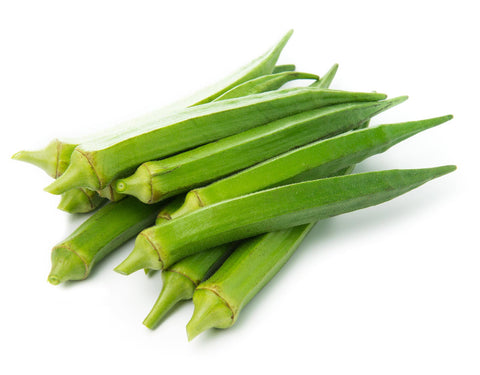
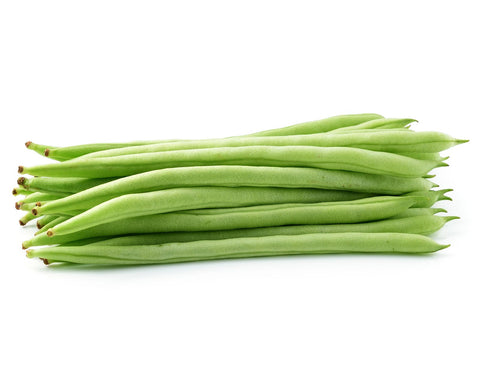
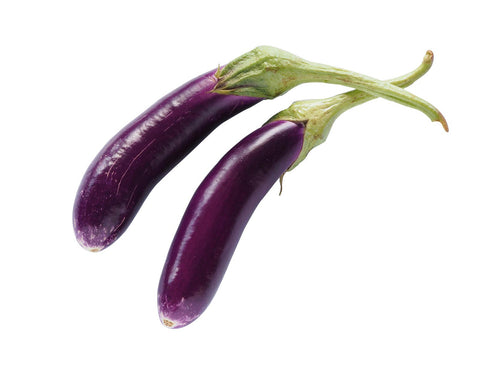
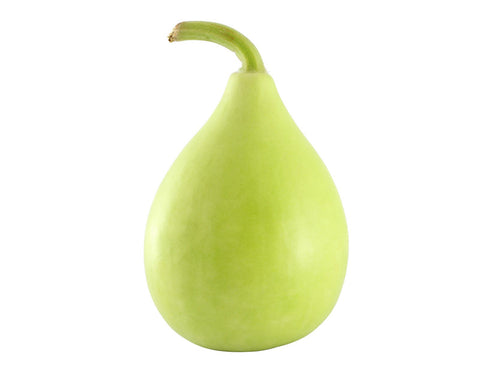
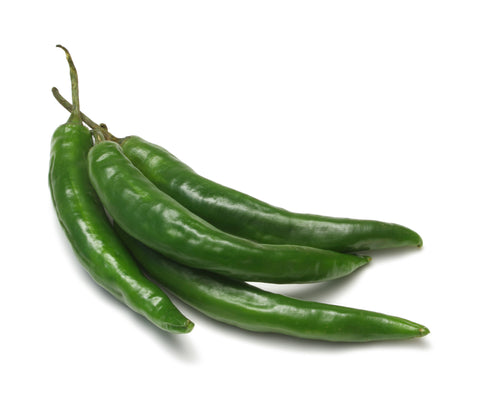
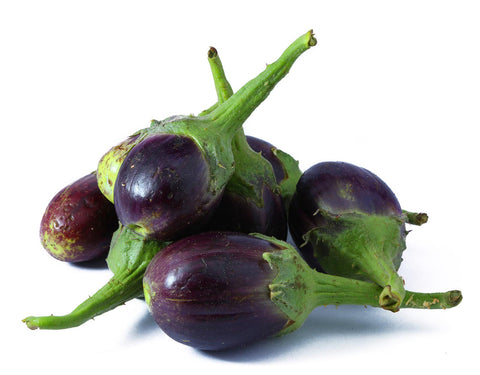
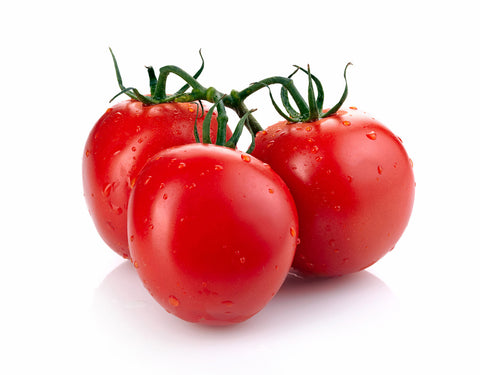
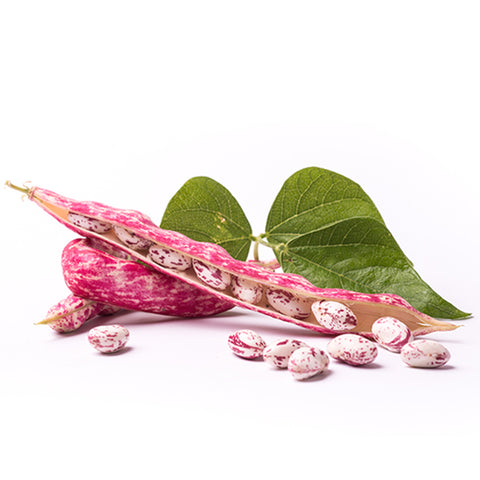
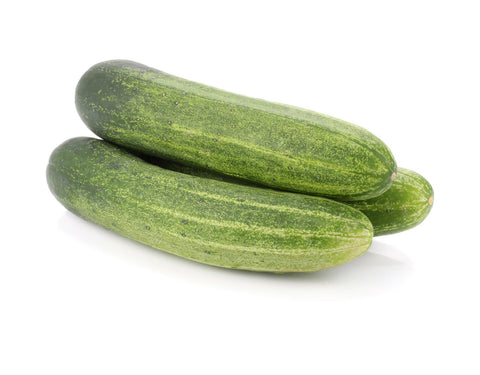
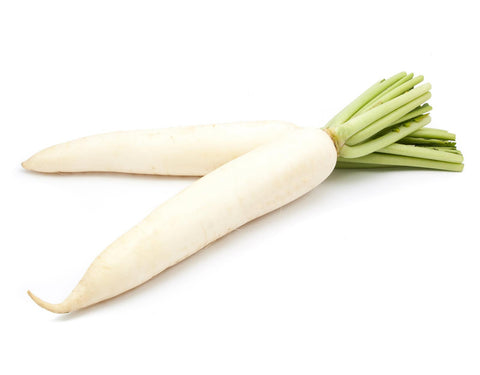






Let us know your feedback
* Comments must be approved before being displayed.